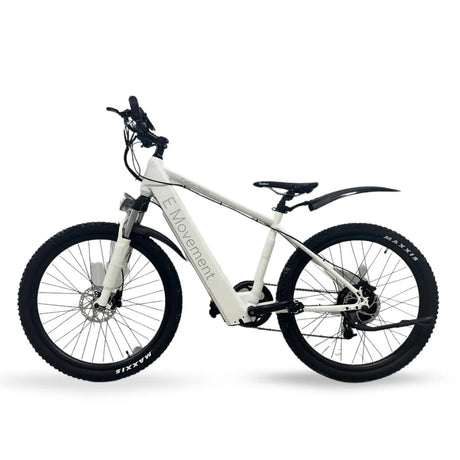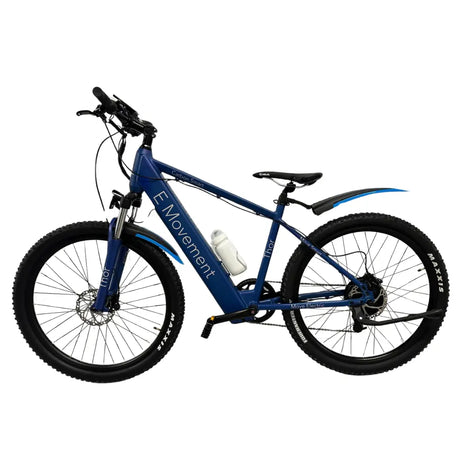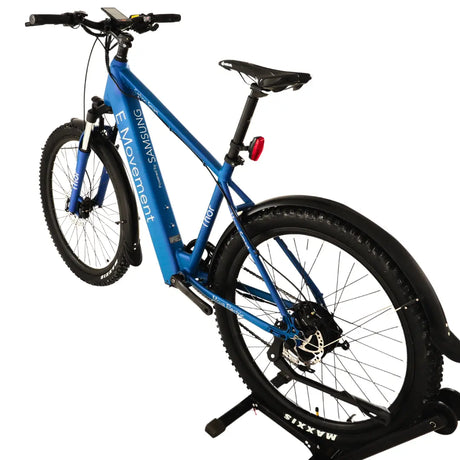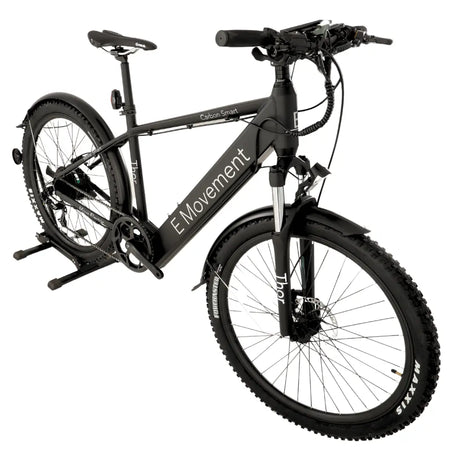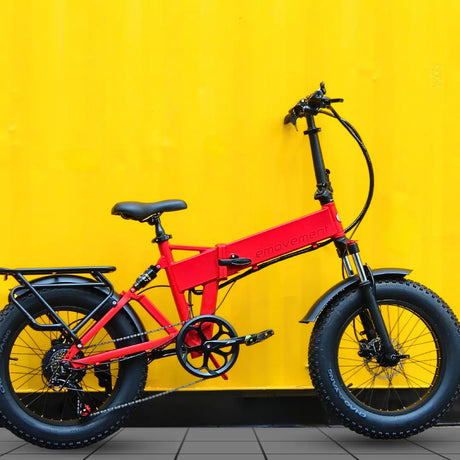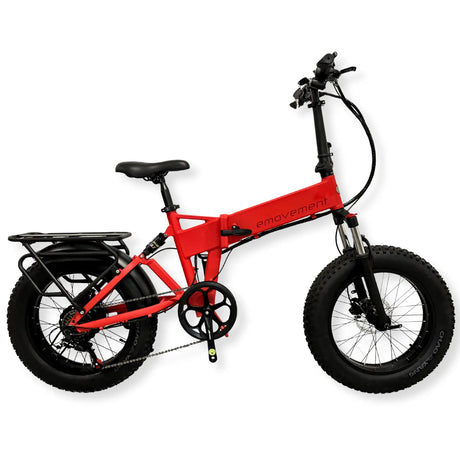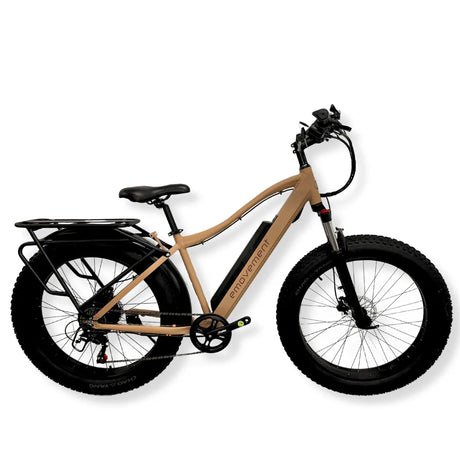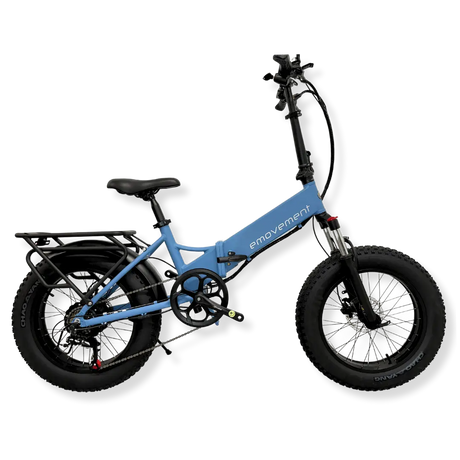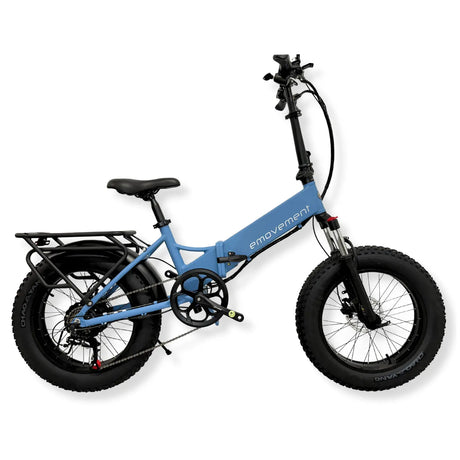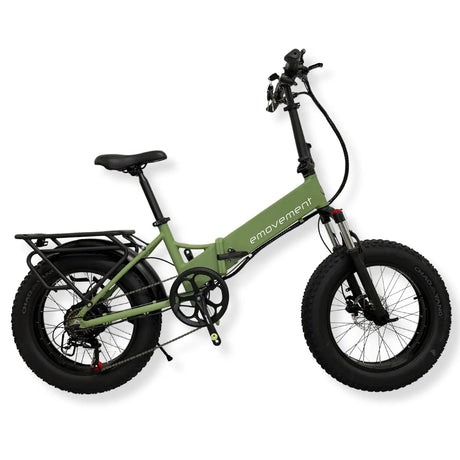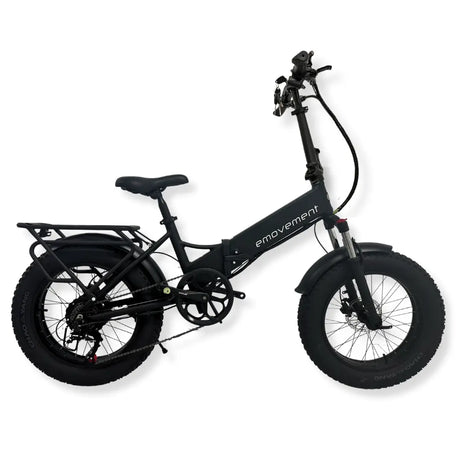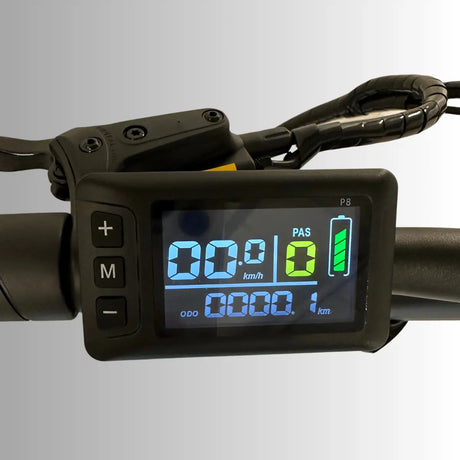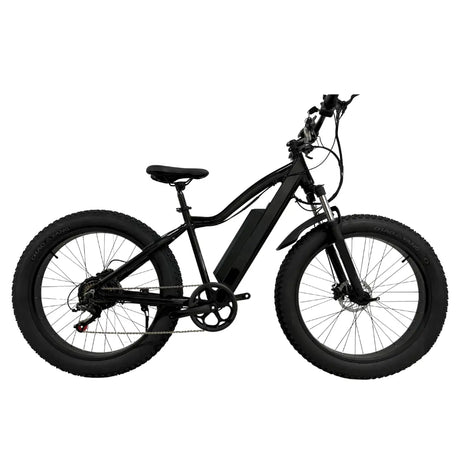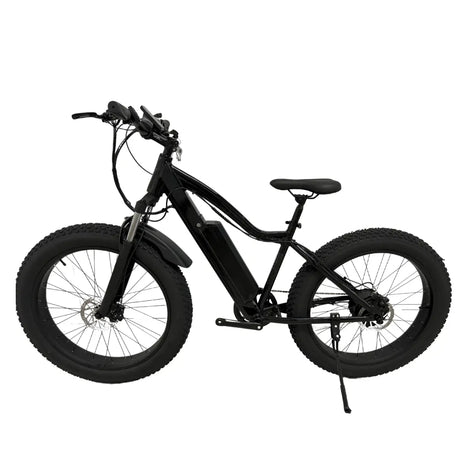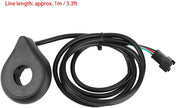There’s no doubt that the driving force behind an electric bicycle is its battery. Perhaps you’re considering buying one and are wondering what is the life expectancy of the battery in an electric bike. Whether you want to contribute towards environmental sustainability, navigate through challenging terrains, or elevate your fitness, most people wish to benefit from e-biking for an extended period. Keep reading as we explore different e-bike battery types, the durability of electric bike batteries, and how to extend their lifespan.
Types of E-Bike Batteries
Let’s first delve into the different kinds of electric bike batteries available in the UK market:
-
Nickel-Metal Hydride Batteries
-
Lead-Acid Batteries
-
Lithium-Ion Batteries
Nickel-Metal Hydride batteries are a popular choice for rechargeable batteries across various electronic devices, including electric bicycles and scooters. They boast a higher energy density and are composed of fewer hazardous materials, making them a safer alternative to lithium-ion batteries. One of their notable drawbacks, however, is the extended charging time they require, which can range from 10 to 12 hours depending on their capacity.
Additionally, attempting to speed up the charging process for NiMH batteries can lead to repercussions such as battery damage or failure. Another limitation of NiMH batteries is their performance in extreme weather conditions; their voltage output can be significantly reduced by either high heat or severe cold. Despite these issues, we find that nickel-cadmium (NiCd) batteries tend to outperform both NiMH and lead-acid batteries in terms of overall efficiency.
This type of e-bike battery is among the earliest forms of battery technology, but is now primarily found in automobiles like cars and trucks. Lead-acid batteries are generally heavier and less efficient than their modern counterparts, and they also require a longer charging period. In contrast, the trade-off is also significant in terms of energy density—the ratio of weight to storage capacity is considerably lower, with lithium-ion batteries boasting more than ten times the energy density of lead-acid batteries.
It's quite uncommon to encounter lead-acid batteries in electric bikes or scooters, with the exception of certain models. It raises the question of whether any brands continue to produce them at all for these purposes. The trend has clearly shifted towards more efficient battery types, such as lithium-ion and nickel-metal hydride, for powering electric scooters and bicycles.
Lithium-ion batteries stand out as the superior choice for powering e-bikes and e-scooters because of their exceptional energy density relative to weight, extended lifespan, and minimal discharge rates. Continuously enhanced through various chemical formulations, lithium-ion technology is a staple in nearly all contemporary electronic devices.
Compared to lead-acid and NiMH batteries, lithium-ion ones endure significantly longer, sustaining numerous discharge and recharge cycles without a considerable decrease in storage capacity. Research from Battery University indicates that lithium-ion batteries experience an initial self-discharge of about 5% in the first 24 hours, followed by a loss of 1-2% per month afterwards. This rate is considerably lower than the 20% monthly self-discharge rate observed in NiMH batteries.
On average, users can anticipate between 400 to 600 charge cycles from their lithium-ion batteries before encountering performance issues. Lithium batteries are lighter, have a longer lifespan, and offer greater charge capacity than alternative options. They are the top battery choice used in modern electric bike models and are widely available across the globe.
Electric Bike Range
So, how many hours does an electric bike battery last? Understanding the battery lifespan is crucial when purchasing an e-bicycle. In the UK, any motor exceeding 250 Watts must be officially registered as a motor vehicle due to speed and safety regulations. E-bikes typically feature a 250-watt motor, which, when combined with a 48-volt and 13-amp battery, can cover a distance of up to 72 kilometers.
These batteries are popular on the market for their affordability and compatibility with various bike styles. The capacity of a battery, measured in amp-hours (AH), directly influences the range an electric bike can travel:
- A motor rated at 250 watts will utilize 250 watts of power for each hour of cycling at maximum speed.
- Similarly, a 500-watt motor will use 500 watts of power under the same conditions.
A 48V 13AH e-bike battery holds 625 watts of power and allows a 250-watt motor to operate for approximately 2.5 to 3 hours at full throttle. This equates to a distance of over 65 kilometers without any breaks and answers the question of how far an electric bike can go on full battery. The inclusion of pedal assist systems and motor controllers can extend the bike's range even further.
Battery Replacement Costs
The price range for a standard e-bike battery falls between £450 and £800, varying based on its type and capacity. It's important to maintain them properly for a safe and enjoyable cycling experience.
Tips on Extending E-Bike Battery Life
In this section, we’ll list some strategies you can implement to extend your electric bike’s battery life:
-
Avoid Harsh Conditions
-
Resist the Urge to Overcharge
-
Maintain and Secure Connections
-
Strategically Use Pedal Assist
-
Consider Your Routes Carefully
The climate in which you ride your e-bike has a direct effect on the lifespan of its battery, with performance decreasing in severe cold or heat. Regular exposure of the battery to high temperatures or freezing conditions can lead to malfunctioning. This causes it to deplete more rapidly or fail to charge completely when connected to a power source. Over time, such conditions can reduce the battery's overall life and efficiency. You should store your bike’s battery indoors during snowstorms, thunderstorms, extreme heat conditions, etc.
While it might seem convenient to charge your e-bike battery overnight, doing so can lead to overcharging. Consequently, you might have to deal with diminished capacity or increased risk of battery overheating and potential melting. This reduces your e-bike’s battery longevity and performance.
Operating your e-bike with a grimy chain or a drivetrain blocked by mud can negatively impact its performance. Similarly, ensuring that the battery remains clean and dry is crucial to prevent corrosion and oxidation, which can deteriorate its functionality or cause it to fail completely.
Pedal assist provides an additional power boost, making it easier to ascend steep inclines or increase your speed. Yet, engaging higher levels of pedal assist consumes more battery power and impacts its endurance over time. For this reason, we recommend using higher pedal assist settings only when absolutely needed.
Maximizing your e-bike's battery efficiency isn't just about how you ride, but also the route you take. Choosing the right path can significantly enhance your battery's performance. Steer clear of unnecessary detours that add extra miles and consume more energy. Additionally, opting for a route that avoids steep climbs and instead includes gentler slopes can save considerable battery power.
Electric bike motors use a considerable amount of energy on sharp inclines, particularly those with double-digit gradient percentages. Sometimes, a slight detour, even if it adds a kilometer or two, could prove more energy-efficient. You should also plan your route with charging stations in mind. Various maps and e-bike specific apps provide locations of charging stations these days, offering a perfect opportunity to rest and recharge both yourself and your e-bike.
Endnote
The range of an e-bike plays a crucial role in determining which model to choose. For those planning on embarking on extended cycling journeys, it's essential to verify that the e-bike has enough battery capacity to support your adventures. And while it might not be possible to double your bike’s battery range outright, employing a few simple strategies can enhance its overall efficiency. Whether you’re in the saddle or storing the battery away, implementing the tips discussed above is a good way to prolong your battery's lifespan.
FAQs
1. Do I need to keep my electric bike battery clean and dry?
Maintaining your electric bike batteries and keeping them dry is essential. Dirt, debris, and moisture can lead to corrosion, damaging the battery contacts and circuits. This can potentially affect performance and safety. Regularly wiping the battery with a dry cloth and avoiding exposure to rain or standing water can help prolong its life.
2. Are batteries affected by air temperature?
Batteries are indeed affected by air temperature. Extreme temperatures, both hot and cold, can significantly impact the performance and lifespan of a battery. Cold temperatures can reduce a battery's ability to hold a charge, while hot temperatures can accelerate battery degradation. It's best to store and use batteries in moderate temperature conditions to optimize their performance and longevity.
3. Are batteries interchangeable between bikes?
Battery interchangeability between bikes depends on the design and model of the electric bikes and batteries. While some e-bikes are designed with standardized battery systems allowing for interchangeability, others may require specific batteries tailored to the bike's design. Always check the manufacturer's recommendations and specifications to ensure compatibility before attempting to interchange batteries between bikes.
4. How does the rider's weight and the riding terrain affect the battery performance of an electric bike?
An electric bike's battery performance is significantly influenced by the rider's weight and the terrain over which the bike is ridden. Heavier riders and challenging terrains, such as hills or rough paths, demand more power from the battery and reduce the distance that can be covered on a single charge. Conversely, lighter riders and flat, smooth terrains enhance battery efficiency, allowing for longer rides. Riders should consider these factors when estimating the range and longevity of their ebike's battery.


